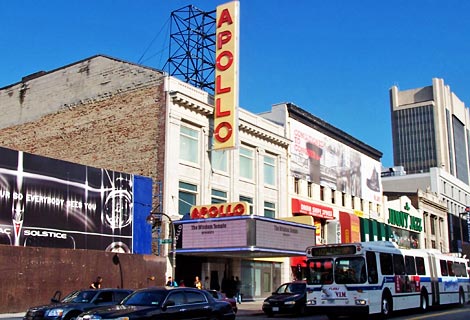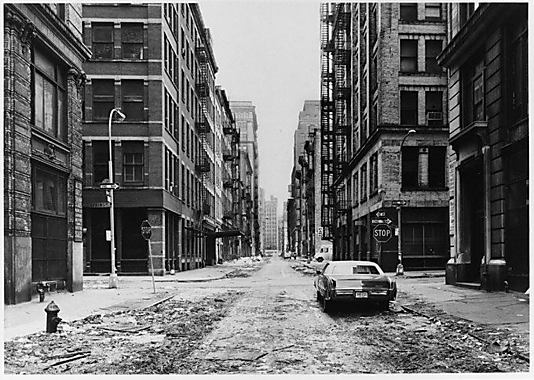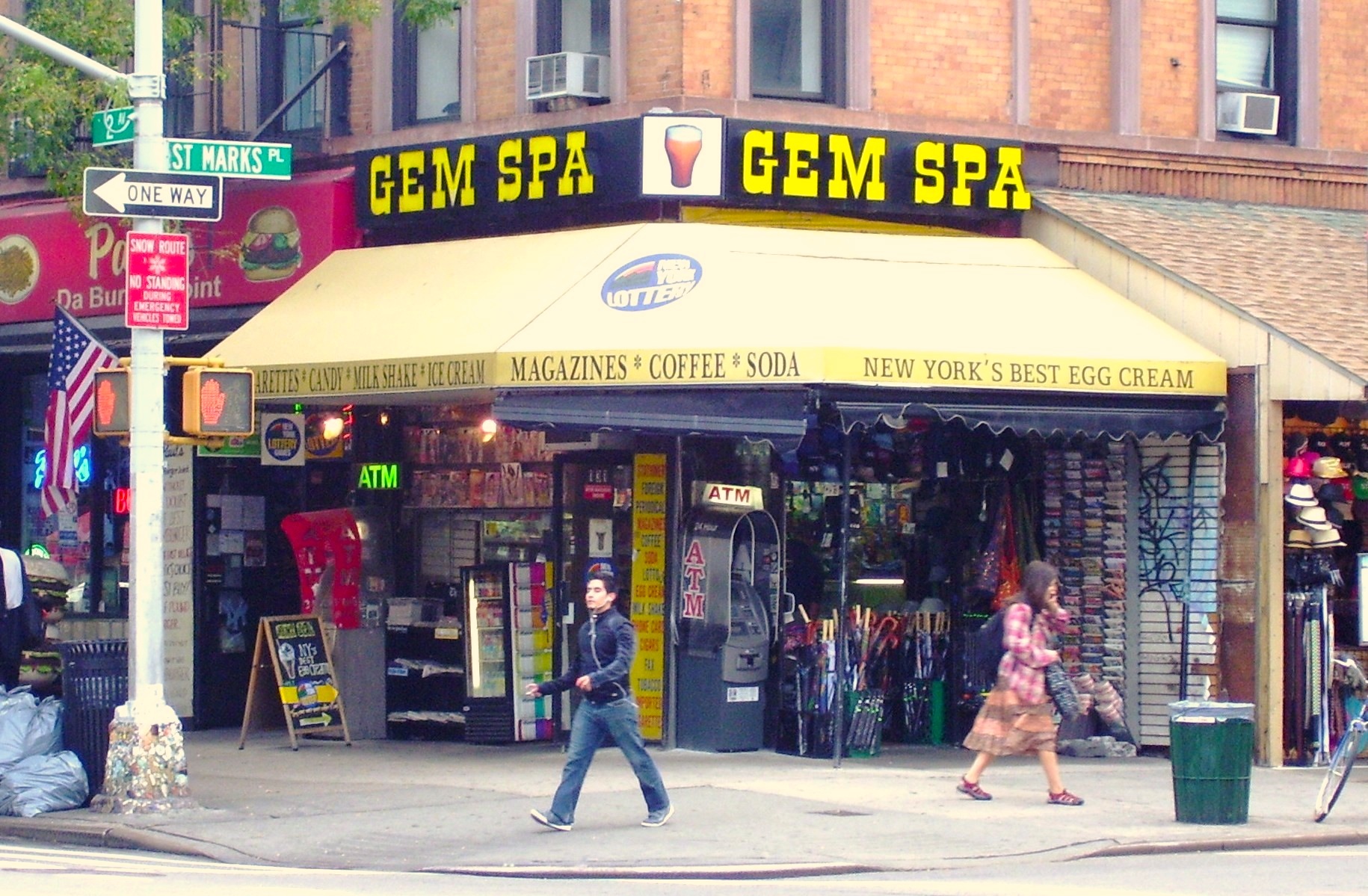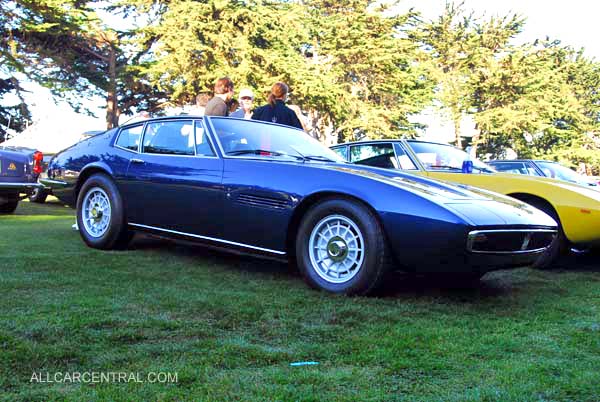It started off a place where I used to meet Brian, my peripatetic brother, to eat or to drink, then it became the place in which Brian lived, then our mom told us it was near where she was born, and it took on a new resonance altogether. Later it became the place where Brian died, and shortly after that it was the place that my family lived, where we made new friends, where our son attended school, where we were part of a true neighbourhood.
The Lower East Side, or the East Village, Alphabet City or Loisaida, it was/is referred to by all these names. What you called it depended on when you came to know of it, or how you came to know of it or from where you viewed it- inside or outside. It was the northern part of the Lower East Side to generations of immigrants- Irish, Italian, German, Jewish, Polish, Ukrainian, Puerto Rican and their descendents. A couple of their bath houses still exist, one on St Marks Place near where WH Auden lived.
New York City's first public housing was built in the 1930's on East Third Street at Avenue A and was declared open by Fiorello LaGuardia and Eleanor Roosevelt.
It became the East Village in the 1960's when the the 'real' Village, Greenwich Village, filled up and became expensive. As is usual it was gentrified by white artists, musicians and hippies looking for cheaper rents. While the gringos were now calling it by a different name, the Spanish-speakers had one, too. Loisaida became home to the generations of Puerto Ricans that emigrated to New York after WW II, settling there in the tenements and the housing projects mostly between Avenue A and the river, playing baseball and having cookouts in the narrow fingers of parks that grasped that southeastern part of Manhattan between the FDR Drive and the East River.
The later epithet Alphabet City, was what gringos called Loisaida in the late 70's and 80's when heroin was king. The name comes from the four avenues -A, B, C, & D- that lay east of First Avenue. In this period one could see curious lines of people leading into ostensibly abandoned tenement buildings on these streets and avenues, queueing up brazenly, impatiently, night and day, to score and shoot smack. I would see the little envelopes with brand names like "daze out", "black flag" or "poison" in the park or on the sidewalks.
Geographically it is a small place but it possessed a staggering diversity. It has always been a place on the fringe and OF the fringe. Immigrants, agitators, gangsters, communists, gays, anarchists, hippies, yippies, artists, punks, poets, Hare Krishna devotees all lived and felt free within its confines. Its northern boundary is East Fourteenth Street, its southern, East Houston Street. Bordered to the west by Broadway and to the east by the FDR Drive and East River.
It was always Greenwich Village or uptown Manhattan, the Upper East Side that had the cachet, the money, the style; the Lower East Side had life.
It is in fact a small urban village with only one proper park or green space, Tompkins Square Park. There weren't many tall buildings, so there was light, and there was air. You knew there was a river not-too-very-far-away.
Founded in 1850 and named for Daniel D. Tompkins (1774–1825), Vice President of the United States under President James Monroe and the Governor of New York (1807-1817) it has been at the center of the labor and socialist movements from its creation. 1857 saw food and job riots by immigrants, in 1863 there were Draft Riots that threatened anarchy to the entire City of New York, in the1874 Tompkins Square riots police brutally broke up a workers demonstration of thousands of people, and in 1877 the National Guard was called in to break up a crowd of 5,000 who had come to listen to Socialist and Communist speakers. Robert Moses changed the layout in the 1930s to its current state, mostly in an attempt to prevent further mass gatherings.
Still, in the 1960's there were anti-Viet Nam war demonstrations and in 1988 there was a riot by neighborhood residents against the police when they tried to remove the homeless that squatted in the park. I remember that one, I was there for that. Now it is a safe, clean, gentrified park, suitable for...well...the gentry. It has a formal dog area with water available. This in a park that had rank toilets and no functioning water fountains for humans for many years.
At the northeast corner of the park stands The Christodora, originally built and intended to assist women from lower economic classes at 145 Avenue B, was converted to luxury condos. I can remember sitting in my apartment at E. 3rd Street reading the New York Times Real Estate section and seeing the developer's ad in the New York Times. It was in the NY Times I saw a realtor when asked what longtime residents who could not afford the new gentrified neighborhood should do flippantly replied "They had better learn to swim", indicating that their time was up on the island of Manhattan and should swim away to the other boroughs.
Imagine, we thought at the time, million dollar apartments in the Lower East Side. Little did we know what was to come.
http://en.wikipedia.org/wiki/Tompkins_Square_Park_Police_Riot_(1988)
The gentrification of the Christodora rankled. This building was a symbol. It sparked demonstrations in 1986 and it still looms over the northeast corner of the park. Iggy Pop has a flat there now. Just a couple of doors away is where Charlie Parker lived with his family at 151 Avenue B. A few doors further down at the corner of Ninth Street, the Irish Famine church, St Brigid's miraculously stands yet, having just escaped its own gentrification death sentence from the ArchDiocese of New York despite the vehement opposition to the Church's plan by the current and past residents and parishioners. This close escape is only and solely through the kindness of a wealthy philanthropist. My friend Jimmy and I stood one day almost in tears helpless as we watched workmen demolish (not remove) the stained glass windows of the church built in 1848 by the hands of those who had escaped the Potato Famine in their new home across the Atlantic.
Many of the cafes, shops, stores, bars and even gas stations that struggled through the tough times and that made this place precious are now gone. I mean I realize this is New York after all, things do change fast here. However what I object to is that they seem to have been replaced mostly by replicas of shops and restaurants from elsewhere. These new ones don't feel like they fit like the old ones. For instance, when my wife, son, and myself moved to East Third Street in April 1986 we had 2 neighborhood bakeries-one ON our block across the street and 3 doors down, the next just around the corner on First Avenue between 2nd and 3rd Streets. Both were gone within 2 years. One replaced by a bar that I never really liked much, the other by a restaurant favoured by Egyptian taxi drivers that I did like. The bakeries were not fancy or exotic. Just neighborhood bakeries where the woman who made the bread would smile at you and your kid when you came in and give you 10 rolls when you ordered a half dozen.
On that block ('our' block in my mind still) is Mary House, a refuge for elderly women (there was one who would bum cigarettes off me) provided by the Catholic Worker, a Socialist organization whose newspaper my family subscribed, and whose publishing offices were two blocks away on First Street.
3rd Street between First and Second Avenues was like the United Nations, then. There were Ukrainians, Puerto Ricans, African-Americans, Polish, Argentinians, West IndiansMexicans, Italians, Chinese, French. Quentin Crisp was our neighbor, and at the complete other end of the spectrum so was the NYC Chapter of the Hells Angels.
It is a prettier place now. Few if any lots left with abandoned hulks of wrecked cars, the weedily infested deserts with shards of glass embedded in the earth trod by generations to which this area was their first home any place in America. The city provides services now-the streets are cleaner for one. There are no more lines of drug addicts visible except maybe at the velvet rope of a lounge on a weekend night.
Now you see doormen wave down cabs for white people in Alphabet City.
.




























